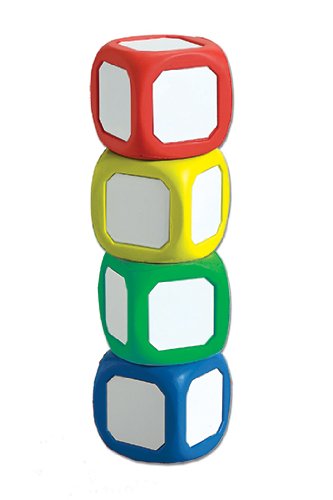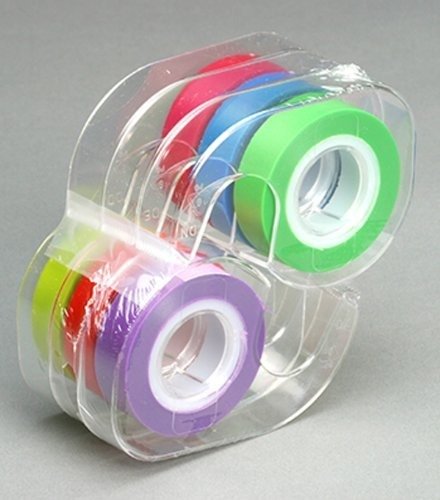NCKP 2015 and Clever Tools for Practice Pouches
It seemed to me that the NCKP 2015 (National Conference on Keyboard Pedagogy) was charged with fresh energy. Yes, I may be a bit biased as I took an active part in a portion of the conference but I believe there was a vibe--a positive vibe--as I walked the halls and attended workshops. Perhaps I sensed a heightened camaraderie among fellow attendees? Many of us are cyber friends thanks to Facebook and Twitter which made meeting in person similar to a family reunion. I told my husband that it felt like I was on a play date for the last 5 days! If I didn't meet you in person at this conference, I hope we meet face to face very soon. The cyber community has helped build wonderful relationships, but meeting and conversing face to face solidifies a friendship.
Just a few of many favorite pics from an NCKP I won't soon forget.
If you joined the pre-conference Creative Pianist Seminar on Wednesday, attended the JoyTunes/Piano Maestro showcase or my session on Friday, I mentioned the idea of providing your students with a practice pouch to ensure that quality practice occurs during the BLACK HOLE between lessons where students are left to fend for themselves. Here's a past post featuring details of the practice pouch I offer my students. At NCKP, I demonstrated some additional tactile tools that you might like to add to your students' practice pouches. Some may be too expensive or bulky to give to each student but you can use them as "traveling" tools that are borrowed for a week and returned so another student can use the tool the next week.
the JoyTunes/Piano Maestro showcase or my session on Friday, I mentioned the idea of providing your students with a practice pouch to ensure that quality practice occurs during the BLACK HOLE between lessons where students are left to fend for themselves. Here's a past post featuring details of the practice pouch I offer my students. At NCKP, I demonstrated some additional tactile tools that you might like to add to your students' practice pouches. Some may be too expensive or bulky to give to each student but you can use them as "traveling" tools that are borrowed for a week and returned so another student can use the tool the next week.
Transposing isn't always fun but offering big, chunky dice with letter names allows students to roll and let fate decide the transposition key. Or, if a student is working from a limited staff notation, roll the die to determine what key on which to begin the piece, or roll and find all those keys with the same name on the keyboard or...
To test a student's understanding of the keyboard, write words like the ones below on the sides of the die. Ask them to roll and play and create on the keyboard what it says.
- up
- down
- skip
- step
- 2 black
- 3 black
Detecting similar patterns in a longer piece can set students at ease. It may look like a gigantic piece to conquer but when there are a number of sections that are virtually the same, the task seems much more achievable. Color coding each section provides an immediate visual landscape of information and helps tremendously with memorization. Give memory quizzes and ask the student to play all the pink sections or the green section or...
These rubbery creatures continue to entertain AND solidify concepts for my  students. I'll ask students to set the cow on C, the dolphin on D, the elephant on E, etc. Since the penguin lives in the Arctic, it stands on the letter "A"--a stretch, I know.
students. I'll ask students to set the cow on C, the dolphin on D, the elephant on E, etc. Since the penguin lives in the Arctic, it stands on the letter "A"--a stretch, I know.
To teach the pentatonic scale, the student first places the animals on the scale tones: CDE GA--scale degrees 123 56. After the tones are played in order, move the animals up to the piano rack. Ask the student to mix up the animals and play the keys in the new order. Introduce this as a MOTIVE. Next, ask the student to play the row of animals backwards and the label that RETROGRADE. Moving this same pattern a step up to D will demonstrate SEQUENCE. Assign students to create a new motive, sequence and retrograde every day during home practice.
Large Dice
Small dice are a staple in every student's practice pouch but some times a jumbo die or a prettier one can make practice a little more fun. My favorite way to use the die:
die or a prettier one can make practice a little more fun. My favorite way to use the die:
- Divide a piece up into 6 sections and number them on the page.
- Roll the die to choose a section.
- Roll the die again to see how many times that section will be played.
- Explain the rule that the last time the section is played it must be perfect or the die must be rolled again.
Penny, Skittles or M&Ms Challenge
For a change of pace, set 4-6 coins or favorite candy pieces in a row on the piano rack. Ask a student to play a section. Once the section is played up to your specifications and the student understands those specifications, move one piece to the other side of the piano rack. Once all the pieces are moved to the other side, the student can enjoy the extra cash or munch on the candy.
Paper Clips, Puzzle Pieces or Barrel of Monkeys
See how paper clips can prepare students for upcoming performances here. They, along with puzzle piece erasers or just puzzle pieces work perfectly for "link and chain" practice. Ask students to master one measure. Once it is played with zero errors a paper clip or puzzle piece or monkey is earned. Ask the student to learn and master the next measure. Once this is mastered (which is determined by teacher and student) another clip is earned. Next, ask the pianist to play both measures. When these are performed with zero errors, the student may link the clips or puzzle pieces or monkeys. Challenge students to see how many links can be chained together each day during home practice. Some even share pictures of their success with me during the week!
When kiddos learn to count, they usually hold up an index finger and say "one" and continue counting. Obviously, this is not how pianists number fingers. To help beginners learn that the index finger is "two" I use these finger puppets with TWO large eyes. Yes, they aren't great for playing at the keys for too long but it makes a point.
and continue counting. Obviously, this is not how pianists number fingers. To help beginners learn that the index finger is "two" I use these finger puppets with TWO large eyes. Yes, they aren't great for playing at the keys for too long but it makes a point.
It's important to know that all of these strategies are experienced in the lesson first so that students feel confident with how to practice at home.
With this wide selection of tactile toys, I feel a little like a physician with my own doctor's kit ready to diagnose and prescribe the next practice tool. Do you have a favorite gadget to encourage or enhance practice between lessons?
-Leila
Don't forget to pick up your copy of The Full Scoop on Chords--a perfect resource for your Music Tech Time!













